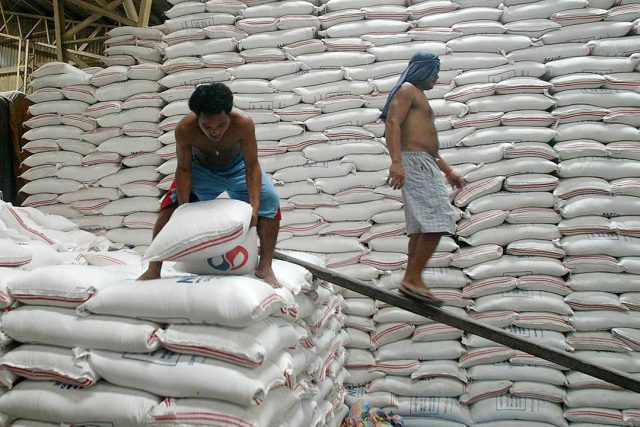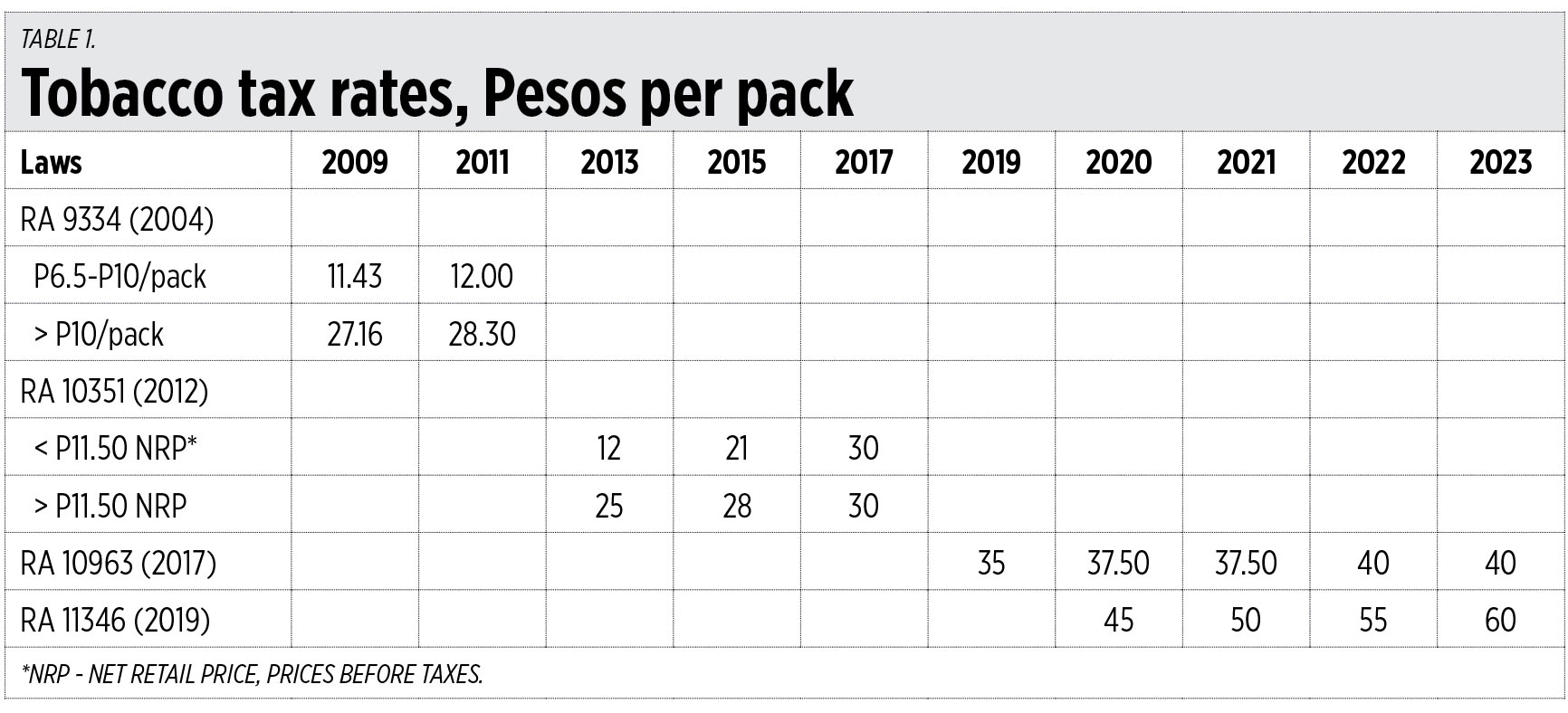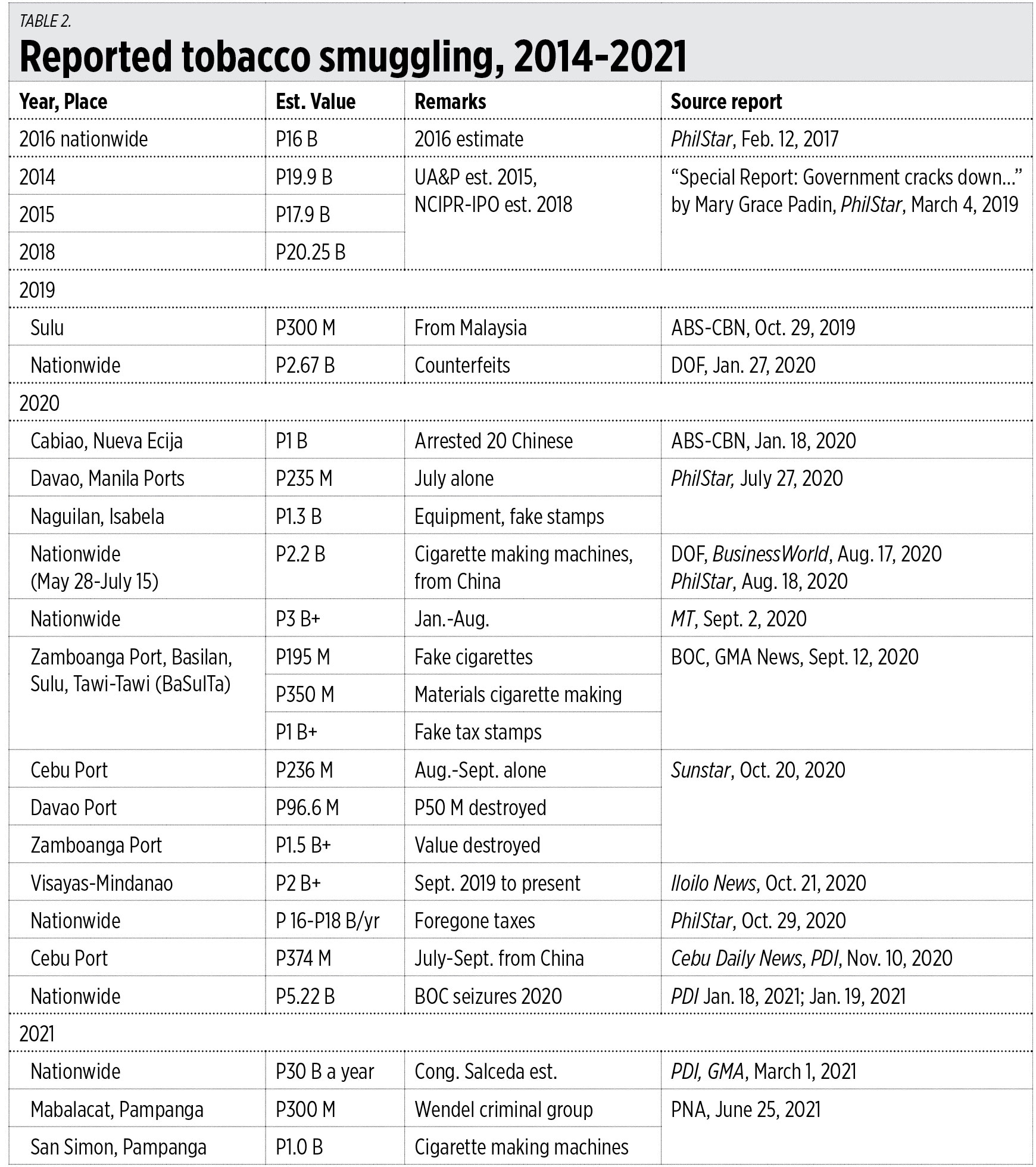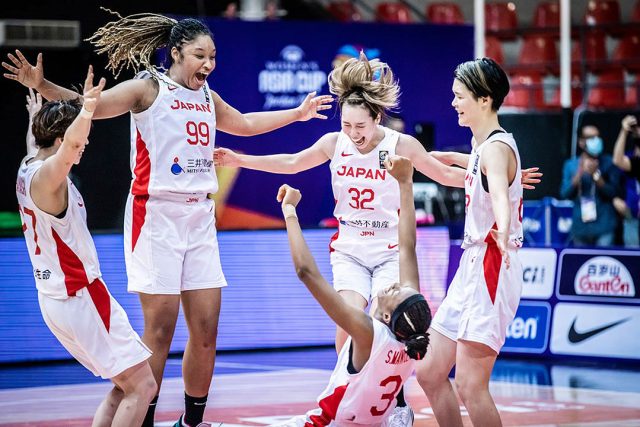(First of two parts)
For more than two decades, we have been paying first-world taxes with the highest rate among ASEAN member countries regarding personal and corporate income taxes, even value-added taxes.
While some sectors enjoyed tax incentives and exemptions, regular employees and micro-entrepreneurs suffered financially due to the overly burdensome and complicated tax system.
Not fully understanding the nitty-gritty and complexity of our tax regulations will leave you dumbfounded, frustrated, and helpless, paying more penalties than your essential tax obligations. Even those who decided to stop operations and continuously incurred losses will have to do basic tax compliance. Otherwise, they will pay the penalty from a minimum of P1,000 per tax return per month up to a P10-million fine with six to 10 years imprisonment if found guilty of tax evasion.
The bureaucracy in the Bureau of Internal Revenue (BIR) made it too hard to pay the right taxes, which resulted in more taxpayers dealing with fixers and paying under-the-table compromises. However, most of us simply blame the BIR and its infamous examiners, making them one of the most corrupt government agencies for the longest time without really addressing the problem.
While the past administrations made paying taxes too hard for practically everyone, the current administration made tax reform one of its top socio-economic agendas, starting with the immediate passage of the Tax Reform for Acceleration and Inclusion (TRAIN) law on Dec. 19, 2017.
The TRAIN law is designed to lower personal income tax by allowing the self-employed and professionals earning P3 million and below to avail themselves of the optional 8% tax in lieu of the graduated personal income tax and percentage tax. It also exempted the first P250,000 income of individual taxpayers from paying income tax. Further, both Donor’s and Estate Taxes were reduced to a fixed rate of 6%.
The TRAIN law (or Package 1A) is part of the Comprehensive Tax Reform Program of the Duterte administration, which is composed of:
• Package 1 – TRAIN
• Package 1B – tax amnesty
• Package 2 – Corporate Recovery and Tax Incentives for Enterprises (CREATE) law
• Package 2+ – sin taxes
• Package 2+ – mining taxes
• Package 3 – Real property valuation reform
• Package 4 – Passive Income and Financial Intermediary Taxation Act (PIFITA)
MOTOR VEHICLE USERS CHARGE
Although some provisions of the Tax Amnesty Act (or Package 1B) were vetoed by the President, it granted tax amnesty on estate taxes and delinquent accounts.
While its implementation was interrupted following the series of lockdowns due to COVID-19 pandemic, the June 14, 2021 deadline for the availment of the estate tax amnesty was extended to June 14, 2023 pursuant to Republic Act 11569.
In the midst of the pandemic, the CREATE or Package 2 of the Comprehensive Tax Reform Program was enacted and became effective on April 11. The CREATE Law reduced corporate tax from 30% to 20% for small businesses who have a taxable income not exceeding P5 million AND total assets excluding land not exceeding P100 million, and 25% for all other corporations — both domestic and foreign. It also provides tax relief measures to help businesses recover from the losses they incurred during this pandemic, and a more rationalized incentive package for targeted investors.
As the Co-Chair of the Ease of Doing Business on Paying Taxes, I witnessed firsthand the immediate and long-term administrative reforms implemented by the Bureau of Internal Revenue (BIR), from the streamlining of processes and reducing documentary requirements, to providing eServices which led to its digital transformation helping taxpayers comply without having to leave the comforts of their homes, especially during ECQ or MECQ (the strictest COVID-19 quarantine levels).
The improved electronic platforms of the BIR paved the way for almost 100% online filing of the annual income tax returns (ITRs) in April 2021, from 10% in 2015 to 90% in 2020.
From the P1.95-trillion collection in 2020, the BIR is targeting to collect P2.08 trillion, or a 6.7% increase, as set by the Development Budget Coordination Committee (DBCC). In spite of the economic downturn, P1.032-trillion taxes were collected in the first half of 2021, exceeding its midyear goal of P1.018 trillion.
Under the leadership of Commissioner of Internal Revenue Caesar Dulay, the tax effort ratio pre-COVID peaked at 14.49% in 2019. This is the highest in the last two decades according to the Department of Finance.
The improvement in tax collections even during the pandemic is attributed to ongoing tax reforms, digital transformation, and enforcement programs of the BIR including the Run After Tax Evaders (RATE) and Oplan Kandado.
With all these accomplishments amid the COVID-19 pandemic, we thank all the hardworking and honest BIR officials and examiners. To further improve tax collections, Congress must allocate a higher budget for the BIR to fund the full automation of the tax administration, offer more competitive compensation and incentives to attract technocrats and experts especially in the field of law, IT, and digital assets including blockchain and cryptocurrency.
This, however, does not mean we should rest on our laurels. The mission to make our tax system simpler, fairer, and more efficient continues. In fact, it became more challenging now more than ever with the influx of various digital platforms, digital assets, and more advanced technology.
Beyond the headcount, the tax administration must be able to monitor the inflow of income and assets from all sources, in all forms and platforms. Legislation must be more progressive and proactive. Otherwise, it will adversely affect or regulate small taxpayers while inadvertently allowing tax evasion and smuggling by the rich, powerful, and tech-savvy.
At the very least, tax administration must invest and integrate blockchain technology in its system to prevent tax leakages from transforming into unverified and untraceable transactions. Thus, evading taxes.
This article reflects the personal opinion of the author and does not reflect the official stand of the Management Association of the Philippines or MAP.
Raymond “Mon” A. Abrea is a member of the MAP Ease of Doing Business Committee, the Founding Chair and Senior Tax Advisor of the Asian Consulting Group and the Co-Chair of Paying Taxes — EODB Task Force. He is Trustee of the Center for Strategic Reforms of the Philippines — the advocacy partner of the BIR, Department of Trade and Industry, and Anti-Red Tape Authority on ease of doing business and tax reform.
map@map.org.ph
mon@acg.ph
map.org.ph














